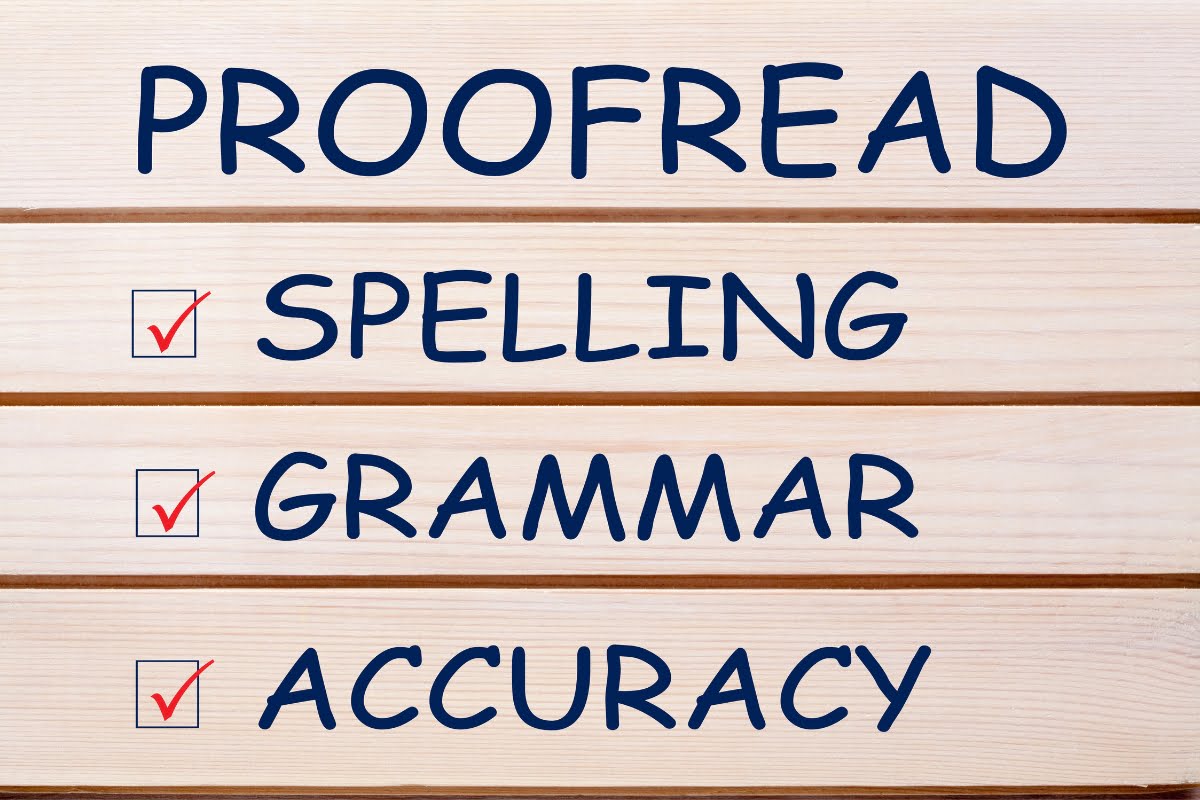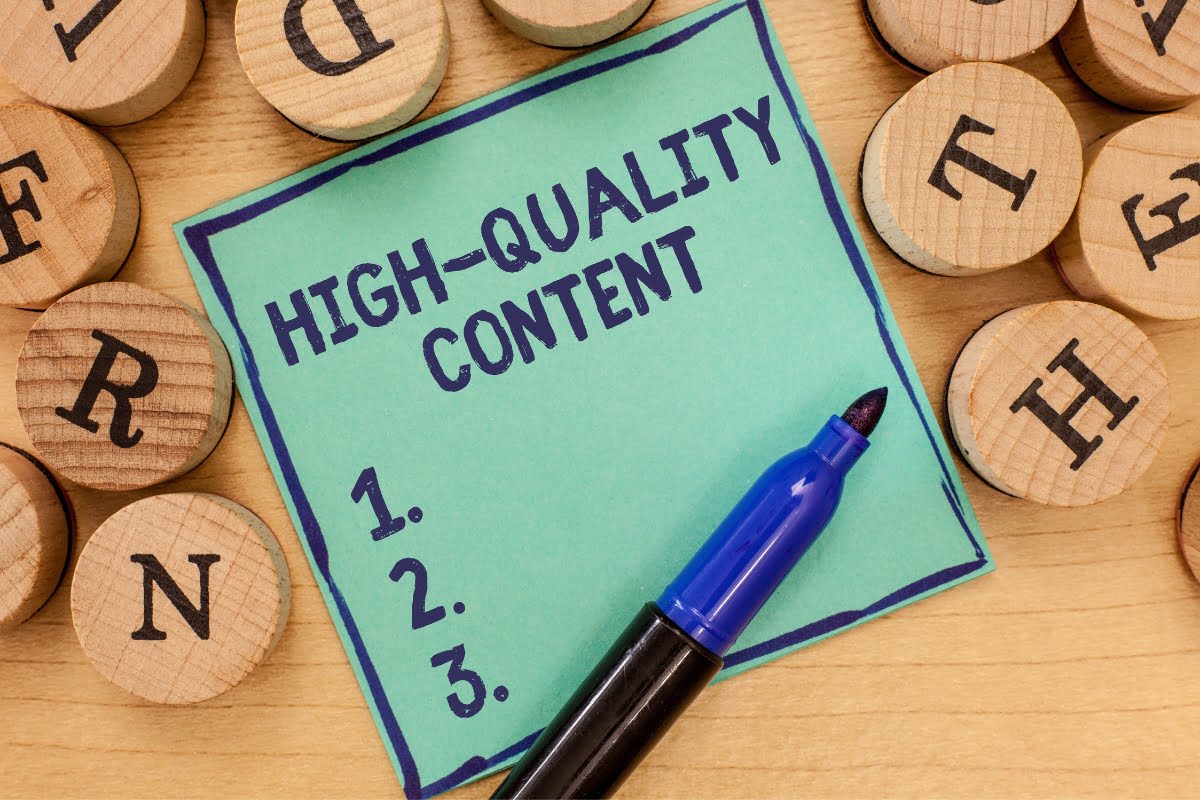Are you a business owner looking to boost your online presence and attract more customers? We’ve got some eye-opening insights to share with you! In today’s digital age, where content is king, it’s crucial to ensure that your website stands out from the crowd. Unfortunately, not all content is created equal, and low quality content can have a detrimental impact on your business.
But fret not! In this blog post, we’ll shed light on how you can identify and address low quality content on your website, helping you to elevate your brand and captivate your target audience. So, grab a cup of coffee and let’s dive in!
Enhancing User Experience and Increasing Website Traffic

Definition of Low Quality Content
Low quality content refers to website or web page content that is poorly written, lacks useful information, is irrelevant to the topic, or provides little value to the reader. It often contains grammar and spelling errors, is overly promotional, or includes excessive keyword stuffing. Low quality content is not helpful or engaging for users and can negatively impact a website’s search engine rankings.
Why Is Low Quality Content Detrimental to Websites?
Low-quality content can have a detrimental effect on a website’s reputation by eroding user trust and failing to make a meaningful impact. When content is of poor quality, visitors tend to leave quickly, resulting in a higher bounce rate.
Furthermore, search engine algorithms penalize websites with lackluster content, leading to reduced visibility and organic traffic. Ultimately, this hinders the success and growth of a website or online business.
Identifying Signs of Low Quality Content
Identifying signs of low quality content can be crucial for business owners. From glaring spelling and grammar mistakes to shallow, superficial information, these red flags can help you spot subpar content. Keep reading to uncover more indicators of low quality and ensure your audience receives only the best.
Thin or Duplicate Content
Low-quality content can have detrimental effects on your website’s visibility and search engine rankings. One major red flag to watch out for is thin or duplicate content. Having unique and high-quality content is crucial for successful SEO. Shallow or lacking substance content fails to provide value to users and search engines.
Similarly, duplicate content can be found on other pages of the same website or on other websites, which negatively impacts your website’s credibility. To address this issue, review your content and make necessary changes. Enhance thin content by adding more substance, and rewrite duplicate content to make it unique. By taking these steps, you can ensure that your website offers meaningful and comprehensive content, boosting its visibility and attracting a larger audience.
Poorly Written or Grammatically Incorrect Content
When it comes to online content, quality is paramount. Poorly written or grammatically incorrect content can have a negative impact on a website’s reputation and credibility. Not only does it reflect poorly on the writer, but it also makes it difficult for readers to trust the information presented.
Low quality content can be riddled with spelling and grammatical errors, lack structure or coherence, and fail to provide valuable and accurate information. Visitors to a website expect professionalism and expertise, and when they encounter subpar content, it can lead them to question the credibility of the entire site.
To maintain a high standard of quality, it is essential to invest in skilled writers or proofreaders who can ensure that the content is error-free and well-crafted. By addressing and resolving low quality content, websites can build trust with their audience and establish themselves as reliable sources of information.

Outdated or Irrelevant Content
Outdated or irrelevant content can prove to be detrimental for any website. It not only fails to engage the audience but also negatively impacts the website’s credibility. When users come across outdated information, it undermines their trust in the website and makes them question the reliability of the content. Similarly, irrelevant content fails to address the needs and interests of the target audience, leading to a lack of engagement and a high bounce rate.
To maintain a high-quality website, it is crucial to regularly update and remove outdated content. This ensures that visitors are provided with accurate and up-to-date information, enhancing the user experience and establishing the website as a reliable source. Additionally, focusing on relevant content that addresses the target audience’s needs and interests is vital for driving traffic and increasing user engagement.
In conclusion, outdated or irrelevant content can have a negative impact on a website’s credibility, user experience, and engagement. Regularly updating and removing outdated content, as well as focusing on relevant content, are essential steps in maintaining a high-quality website that resonates with the target audience.
Resolving Low Quality Content
If you have noticed low quality content on your website, don’t panic. There are several steps you can take to address and resolve this issue. Here are some effective strategies:
1. Conduct a Content Audit: Start by evaluating your existing content. Identify articles, blog posts, or web pages that are of low quality. Look for grammatical errors, factual inaccuracies, and poor writing style. Take note of these pieces for further action.
2. Improve Writing Standards: Invest in quality writing. Hire professional writers or editors to review and enhance your content. Ensure that the writing is engaging, concise, and error-free. Use clear headings, subheadings, and bullet points to improve readability.
3. Enhance Visual Appeal: Low quality content is often unappealing visually. Incorporate images, videos, or infographics where appropriate to break up text and make it more visually appealing. Use relevant visuals to support your written content and enhance the user experience.
4. Update Outdated Information: Content that contains outdated information can be seen as low quality. Regularly review your articles and update them with the latest information and statistics. This will keep your content fresh and relevant.
5. Implement SEO Best Practices: Low quality content often lacks optimization for search engines. Research and include relevant keywords throughout your content to improve its visibility and organic ranking. Optimize meta tags, headings, and image alt tags to enhance search engine optimization.
6. Encourage User Feedback: Allow users to leave comments or provide feedback on your content. This can help you identify areas for improvement and address any concerns or questions raised by your audience.
7. Monitor Content Performance: Keep track of how your content is performing. Utilize analytical tools to measure engagement metrics such as page views, time spent on page, and bounce rate. Identify low-performing content and make necessary improvements.
By following these strategies, you can effectively resolve low quality content on your website. Remember to consistently review and update your content to maintain its quality and relevance.

How To Analyze Website Traffic and Engagement Metrics
Analyzing website traffic and engagement metrics is crucial for understanding the performance and effectiveness of your website. Here are a few key metrics to consider:
- Total Visits: The total number of visitors to your website within a specific time period.
- Unique Visitors: The number of individual users who visited your website within a specific time period.
- Pageviews: The total number of pages viewed by all visitors on your website.
- Average Session Duration: The average amount of time visitors spend on your website per session.
- Bounce Rate: The percentage of visitors who leave your website after viewing only one page.
- Conversion Rate: The percentage of visitors who complete a desired action, such as making a purchase or filling out a form.
- Exit Pages: The pages from which visitors leave your website most frequently.
- Referral Sources: The websites or platforms that refer traffic to your website.
- Social Media Engagement: The level of engagement (likes, shares, comments) your website content receives on social media platforms.
- Heatmaps: Visual representations of where visitors click and interact with your website.
By regularly analyzing these metrics, you can gain insights into the behavior of your website visitors, identify areas for improvement, and make data-driven decisions to optimize your website for better traffic and engagement.

Steps On Conducting Content Audits
Conducting a content audit involves reviewing the existing content on your website to assess its quality, relevance, and performance. Here are the steps to conduct a content audit:
Create a spreadsheet: Set up a spreadsheet to organize your content audit. Include columns for URL, page title, meta description, word count, target keyword, performance metrics, and any other relevant data.
Gather data: Collect information about each piece of content, including URLs, page titles, meta descriptions, word counts, and target keywords. You can use tools like Google Analytics, Google Search Console, and SEO plugins to gather this data.
Evaluate quality: Assess the quality of your content based on factors like relevance, accuracy, readability, and engagement. Consider whether the content aligns with your target audience’s needs and provides value.
Analyze performance: Analyze performance metrics such as organic traffic, bounce rate, time on page, and conversions to determine the effectiveness of your content. Identify high-performing and underperforming pages.
Identify gaps and opportunities: Look for gaps in your content coverage and identify areas where new content can be created. Also, identify opportunities to improve existing content by updating outdated information, optimizing keywords, or enhancing readability.
Make recommendations: Based on your evaluation, make recommendations for content improvements, including updating, repurposing, consolidating, or deleting content. Prioritize actions based on impact and feasibility.
Implement changes: Take action on the recommendations by updating content, optimizing metadata, improving internal linking, or making technical adjustments as required.
Monitor and track progress: Continuously monitor the performance of your content after implementing changes. Track improvements in search rankings, organic traffic, engagement metrics, and conversions.
By conducting regular content audits, you can ensure that your website’s content remains relevant, valuable, and optimized for SEO.

Get Expert Help Evaluating and Enhancing Quality Content
If you’re struggling with low quality content on your website, Newman Web Solutions Agency can provide the expertise and assistance you need. Our team of experienced professionals can evaluate your current content and identify areas for improvement. We’ll work with you to enhance the quality of your content, ensuring it is engaging, informative, and tailored to your target audience.
With our help, you can create a website that not only attracts visitors but also keeps them coming back for more. Let our Local Business Marketing Agency be your partner in elevating your content to new heights. Call us today at 404-301-9189.





